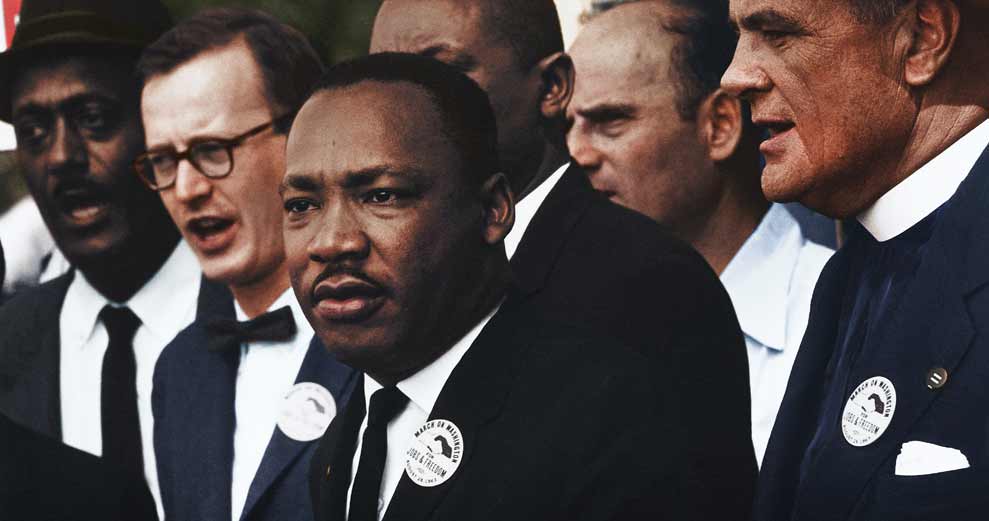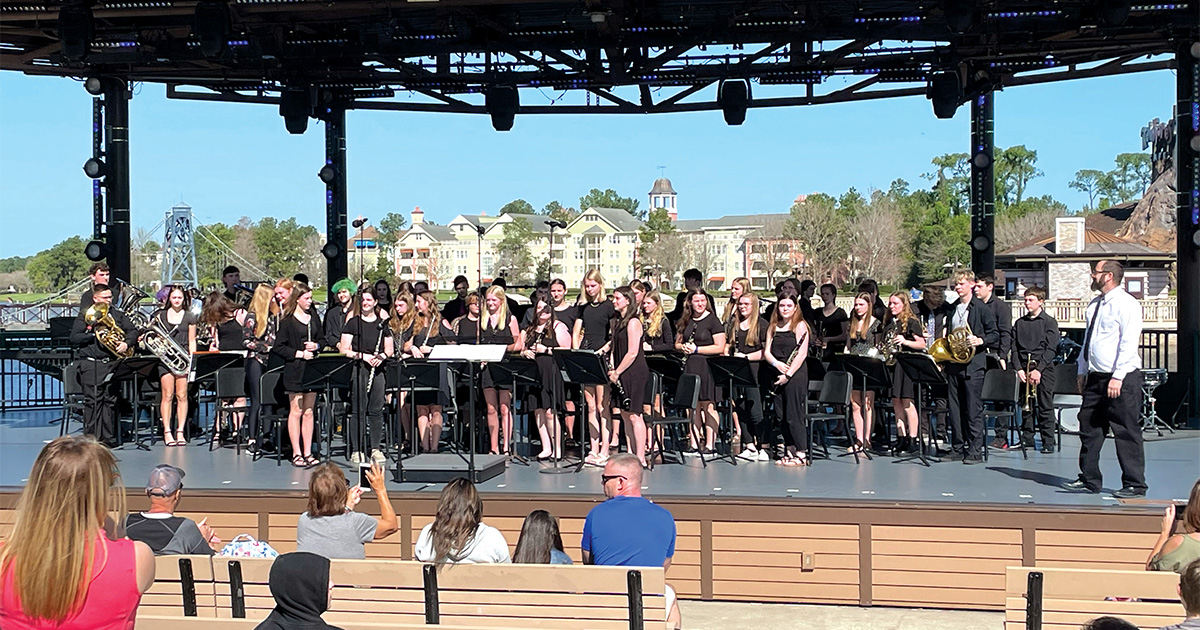While the stories of Black people in America should be incorporated into education year-round, there’s certainly no shame in putting an extra spotlight on the topic during February, Black History Month.
For 2021’s Martin Luther King Day, the New York Times put together a helpful list of advice, articles and lesson plans that help teach about Black history, the life and legacy of Dr. King, and other civil rights movements throughout time. The article dives into Six Ideas for Teaching About the Life and Legacy of Dr. King, and here’s a summary of those thoughts.
1. How Do His Words Resonate Today?
We know Dr. King’s words continue to resonate today for many reasons—this was captured in a recent piece, The Words of Martin Luther King Jr. Reverberate in a Tumultuous Times. Have your students read the piece and think about where we go from here, and/or have them find their own quote of MLK that is relevant today and discuss why. Bonus points if you can tie it into your own community.
You can also discuss how his words and legacy tie into modern pop culture, such as Beyonce’s Formation and Childish Gambino’s This Is America.
2. Black Lives Matter: A ‘Battle for the Soul of America’
The protests that broke out in the summer of 2020 may be the largest civil rights movement in American history. Discuss those events with your students, asking if any of them participated or have thoughts on the matter. How might the civil rights movement have lessons to learn for the Black Lives Matter movement? This is a good opportunity to talk about what it takes to build a movement and get involved.
3. Protests Yesterday and Today
There’s a lot of discussion to be had over the different ways to protest, what “works,” and what has worked in the past. Test your students on their civil rights knowledge with a 13-question quiz put out by The Times in 2019. Dr. King’s writing—especially “Letter From Birmingham Jail”—is a great place to start discussions over what it means to be peaceful, the value of a building versus a person, etc.
4. A Day of Service
In 1994, President Bill Clinton signed the MLK Day of Service into law, challenging Americans to make the holiday into a day of active volunteer service. While we’re past the holiday, it’s always a great time to talk to your students about how they can help by volunteering. Highlight local organizations and discuss the impact service can have.
5. ‘I Have a Dream’
Almost every American knows the main chorus of the “I Have a Dream” speech, but it’s worth diving into, deep. You can discuss it from a rhetorical level, talking about the repetition, figurative language and other devices he used to make the speech instantly timeless. You can also talk about what’s happened since that speech—which parts of his “dream” came true, and what do we still need to fight for?
6. Songs in Celebration
OK, time to have fun! There are multiple songs that talk about Dr. King’s legacy, including Stevie Wonder’s “Happy Birthday Song” and James Taylor’s “Shed A Little Light.” Listen to the songs, discuss their meaning, and maybe even have your students write their own song for one of their activist heroes.
To read more and find in-depth lesson plans and articles, visit nytimes.com.




